Content:
When a cow is mating, it is important for the farmer to know what to do during the gestation period. To ensure proper care of the cow during this period, he needs to know the main features of how to get pregnant with a cow, how long a cow's pregnancy lasts.
About a pregnant cow
Before the period of pregnancy, the cow's health changes cyclically. She constantly repeats the following:
- heat occurs first;
- then comes the state of hunting;
- then ovulation occurs.
The duration of such a cycle may vary at different times. It usually ranges from 19 to 27 days. When mating occurs during ovulation, the cow becomes pregnant.
When the animal is fertilized, it is recommended that the farmer calculate the dates for how long the pregnant cow walks and draw up a calendar of how the pregnancy will proceed. This is necessary in order to properly care for and ensure the appearance of healthy offspring. If you ask the question of how many calves a cow can give birth at one time, then the maximum number is two calves.
How many calves are bearing
285 days - how many days a cow walks pregnant. Sometimes the cow is going to give birth before the due date. The opposite situation is also possible - exceeding the term of pregnancy when the cow is walking. In most cases, deviations from this period cannot exceed one week.
This gestation period is not the longest in nature. For example, in elephants, it can last a little less than two years.
How many months a cow carries a calf - about nine.
The ability to give birth in cows takes place from the age of nine months. However, at this time they cannot guarantee that they will give birth to a healthy calf.
The full physical ability to produce healthy offspring occurs only after the cow is three years old.
Changes during pregnancy
In order to do everything necessary for a successful delivery of a cow, it is advisable to know if the cow is pregnant and how much the cow is carrying a calf.
During the first month after mating, discharge from the uterus is visible in a pregnant animal. During this time, she loses interest in the opposite sex and shows a good appetite.
The discharge may look like dried mucus. They are visible not only on the external genitals, but also on the tail or seat in the form of dried crusts.
Experienced specialists can determine the fact of pregnancy simply by the condition of the animal's coat. In pregnant cows, it becomes smooth and silky.
There is a special milk test. With its help, it is possible to establish a change in its chemical composition, which accompanies the onset of pregnancy.
When the first time (thirty days) passes, the hormonal background in the pregnant animal changes. At this time, you can do a laboratory biochemical blood test, in which it is easy to detect the necessary signs.
However, when performing it, it cannot be excluded that the blood composition has changed on the basis of a previous pregnancy, and not a present one. In order to exclude such a possibility, it must be borne in mind that the break should take at least 90 days after the end of the previous calving.
An artificial diet in the first months after the onset of pregnancy requires a healthy feed for the animal. At this time, you need to introduce special additives into it, which will provide the animal with the necessary amount of minerals, salts and vitamins.
In winter, the cows are additionally provided with juicy roots and high-quality hay.
When five months have passed, pregnancy can be determined by visual inspection. At the same time, the belly of a cow increases significantly. It is easy to see which side the fruit is growing from. If you put your hand on this place, it is easy to feel the baby's movements.
In the last two months of gestation, the animal becomes especially vulnerable, experiencing animal fear. Care must be taken to avoid the possibility of drafts in the barn. If present, the cow is quite capable of getting mastitis.
Before giving birth, two months before giving birth, a domestic cow needs a dry period. At this time, she only needs to be given hay, with the help of which she will gradually regulate the balance of substances in her body.
At this time, milk yield from the cow falls, she needs to go to the pasture less and less. When she gives no more than half a liter of milk per day, you need to feed her so that milk yield does not occur every day. Gradually, the cow is transferred to dry hay and water. This should last until the calf is born.
It is recommended to keep the cow grazing for a significant part of the day during the long summer period. In this case, it is recommended to avoid long hauls. If this stage of pregnancy occurs in the winter, the heifer is released into the pen for a period of no more than four hours.
By the time the calving date arrives, the cow is gaining about 50 kg and looks very plump.
Two weeks before the onset of childbirth, you can notice certain external changes: the abdomen looks drawn, the udder increases.
Approximately seven days before the required date, there is an intense release of a special sweet secretion from the udder. At the same time, the ligaments that are connected to the bones of the pelvis and at the tail become more relaxed and pliable.
The day before the onset of labor, colostrum flows to the nipples. The behavior of the animal by this time also changes: it becomes much more restless.
Signs of approaching calving
You can control the approaching calving date using various methods:
- One is that you can simply donate the cow's milk to a veterinary laboratory for analysis. It makes sense to do this no earlier than on the twentieth day after mating has taken place. After analyzing the composition of milk, experts will give an opinion on whether there is a pregnancy, how soon it will be calving.
- One of the signs is the presence or absence of the state of hunting in this cow. If you bring a bull to her, her reaction in a state of pregnancy will be neutral, while under other circumstances things will be different.
- When the fifth month of pregnancy arrives, the presence of a fetus can be visually determined. At the same time, it is enough to gently touch the cow to be sure of this. However, this must be done very carefully.
- There is a popular way of determining. To do this, you need to prepare a glass of clean water. Then you need to take milk from the cow. It is necessary to use not the one that spills in the first jets, but the one that will come next. It will need to be dripped into a glass of water. At the same time, in a pregnant cow, drops will not mix with water at all and will immediately fall to the bottom. Otherwise, the milk will dissolve.
There is a method that will be called rectal. When using it, you need to be especially careful not to damage the cattle fetus. It can be applied no earlier than two months after insemination takes place. When conducting an inspection in this way, you will need an assistant. During the procedure, his role is to hold the cow by the horns. If at the same time the cow continues to behave unpredictably and restlessly, then she should squeeze her nasal septum with her fingers. Before examination, fingernails should be clipped and hands thoroughly washed. Immediately before starting the examination, hands are thoroughly lubricated with petroleum jelly. The hand must be placed inside the anus and moved deeper before the uterus can be found. Then the cervix is determined, then you need to lightly touch the ovaries.
If there is no pregnancy, the following can be seen by palpation:
- The uterus is located inside the pelvic cavity.
- Her horns are the same, the same as the groove.
- If you gently feel it, it will contract.
- The ovaries are located to the left and right of the uterus.
If pregnancy is present, its duration can be determined as follows:
- At a monthly period, one horn will be larger than the other.
- The one with the embryo will be slightly flabby.
- Contractions occurring in the uterus are felt a little weaker.
- In the ovary, the corpus luteum is still present.
When two months have passed since fertilization, the signs become more pronounced and can be considered as final proof of the fact of pregnancy.
When viewed during this period of time, you may find that:
- The horn that contains the embryo is twice the size of the other.
- Its top has penetrated into the abdominal cavity.
- The intercorneal groove is clearly visible to the touch.
This way you can more accurately determine how much a cow is carrying a calf.
How to determine your due date
In cows, the sexual cycle, which takes place before fertilization, lasts for about three weeks. At a certain moment, insemination can be performed. If this event occurs when the cow is ovulating, the gestation period begins. Its standard duration is 285 days on average, but this is not an exact date. In most cases, the term can vary from 270 to 300 days.
The length of the specified period of time may depend on various factors. Among them:
- breed;
- the age of the cow;
- her health;
- what kind of food;
- the sex of the calf that will be born.
In order to determine the date of birth, the end of a cow's pregnancy, some breeders use the following formula:
- First, you need to indicate the day and month of the date when the insemination took place. Let's designate them as A and B, respectively.
- Let's calculate the result using the formula:
Term = (A + 11) / (B - 3).
- At the same time, note that the first parentheses indicate the day of the month, and the second - its number.
Here is an example of the calculation using the specified formula. Let's say the mating took place on May 10. In this case, A = 10, B = 5. Substitute the numbers in the formula and we get that calving will presumably take place on 21/2 or, in other words, on February 21.
Based on the date determined in this way, the farmer draws up a calendar for the cow. Moreover, 70 days before the end of the period, it will be necessary to provide for the transfer of the cow to dead wood before calving.
You can use the table to determine the desired date.
To determine the desired date, you need to find the date in the appropriate column when the mating occurred. To the right of this date, in the next column, you can see the time when calving is likely to occur.
How many cows calves per year
This question is closely related to how much milk can be obtained from a cow. Lactation usually lasts six to seven months after calving. The maximum milk yield occurs in the second, third and fourth months after this date. There are cases when lactation occurs for a longer period of time.The longest period is two years after the birth of the calf.
Therefore, a dairy cow must calve at such intervals to ensure good milk production. In most cases, farmers provide for annual (once a year) calving of cows.
It should be borne in mind that a cow is usually in a dairy herd no longer than until the age of five, but retains productivity until the onset of 12-15 years.
Tips & Tricks
The time during which a cow gives a sufficient amount of milk depends on the living conditions and health of the cow.
It is not recommended to immediately take the calf away from the cow. She must first know and feed him. This is important, including for enhancing his immunity, which at this time is still too low.
After birth, you need to give about 40 days for the cow to regain strength. After that, you will need to milk her. As far as this is successful, it will be so productive during the upcoming lactation period.
Correct determination of the cow's pregnancy calendar and the implementation of all the required activities are necessary in order to ensure the appearance of healthy offspring.
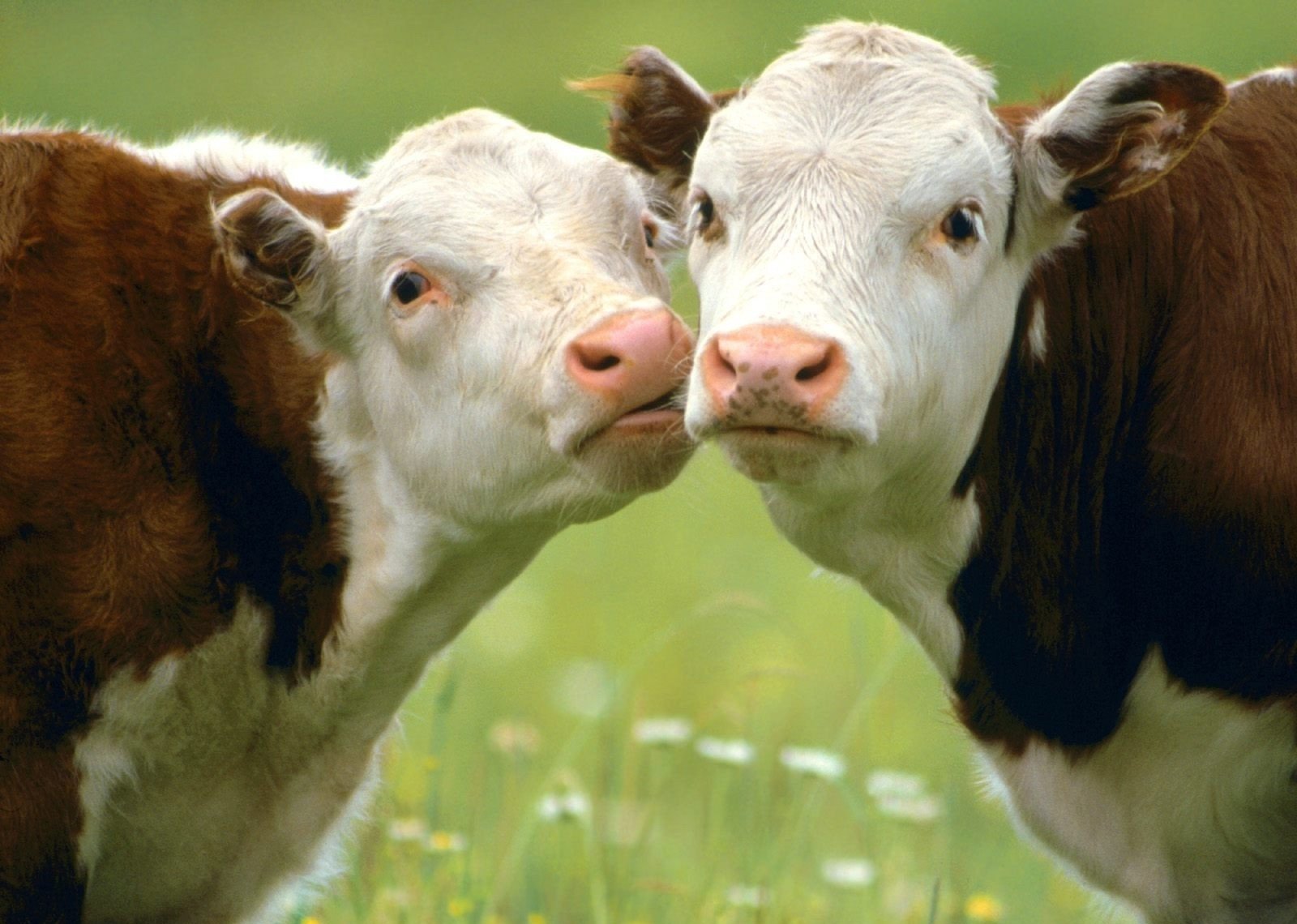
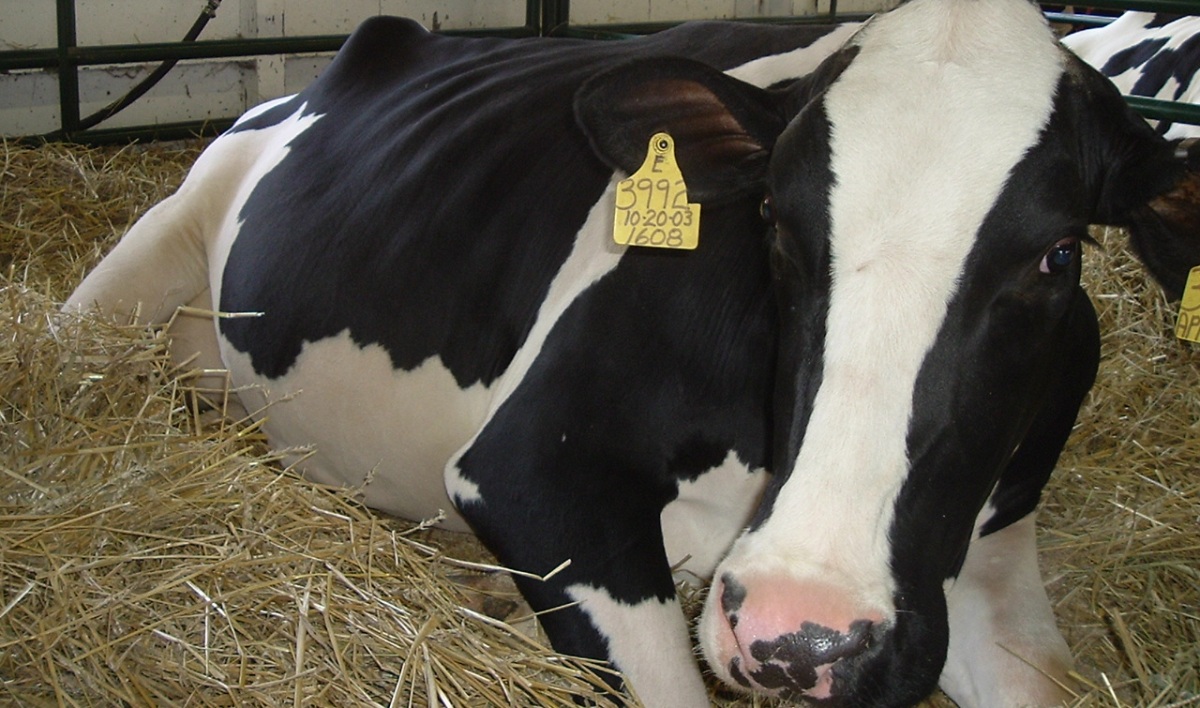
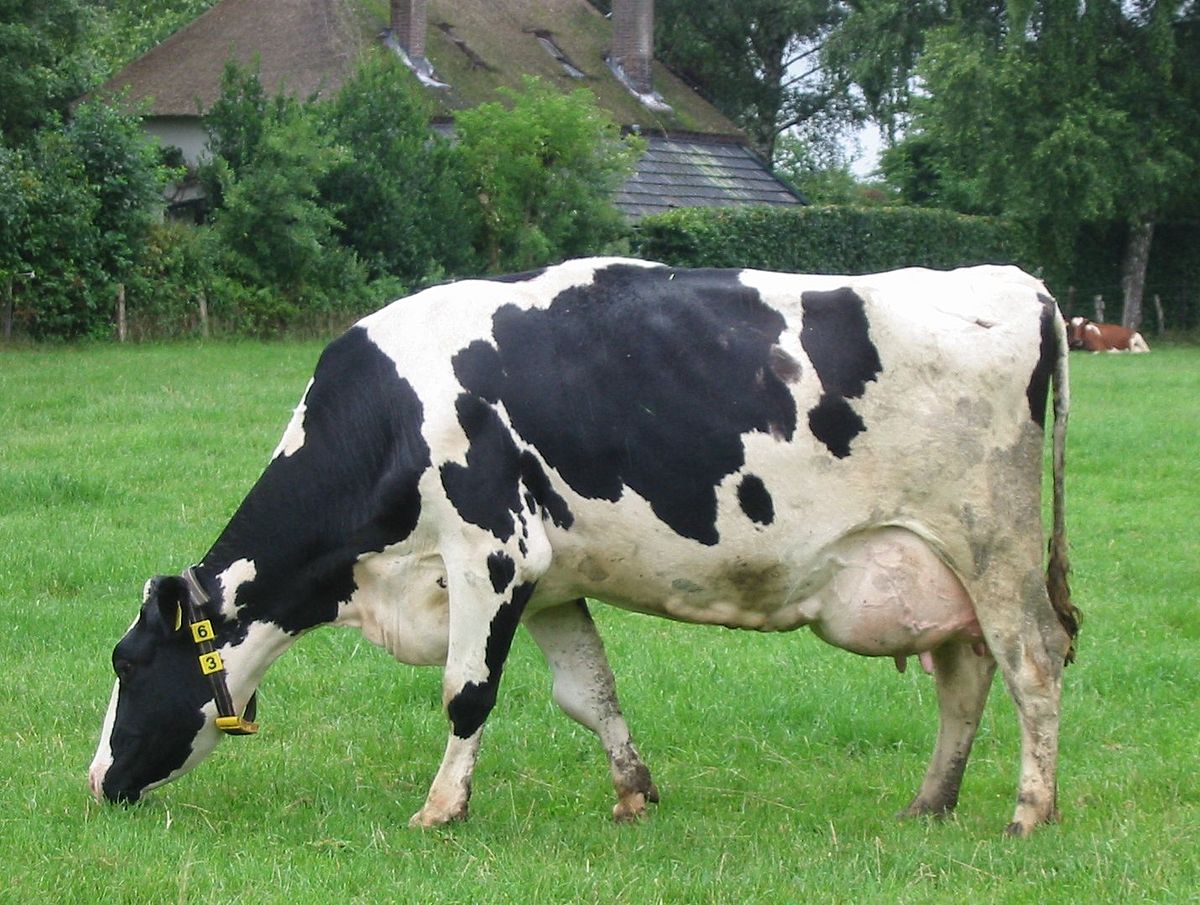

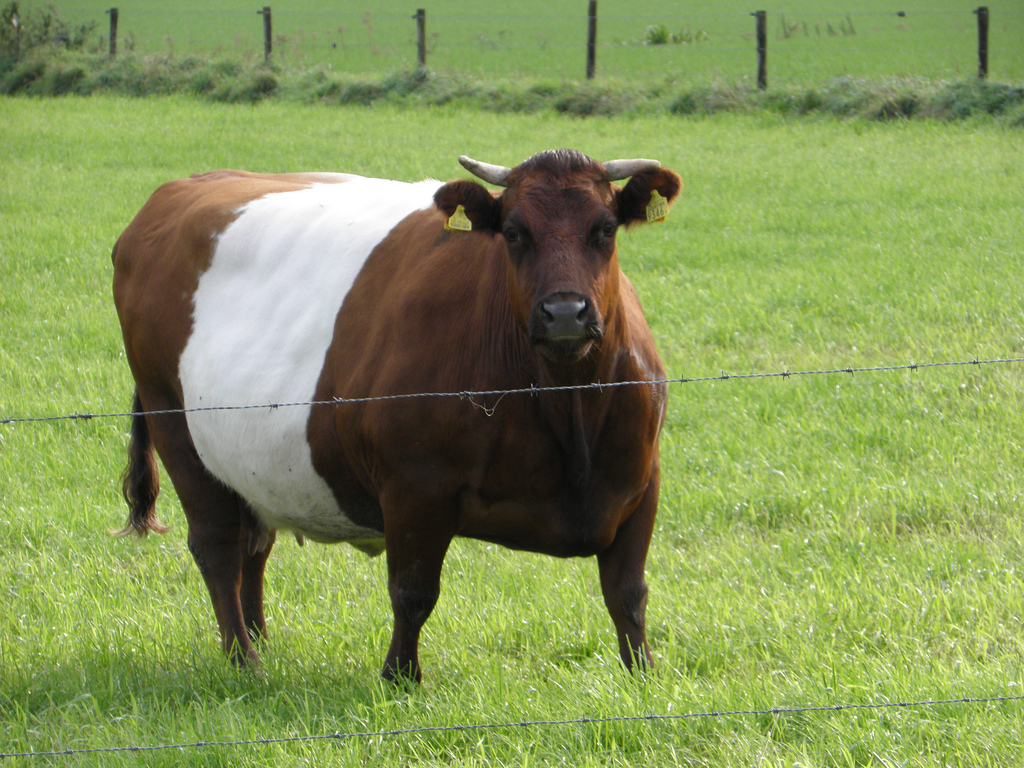

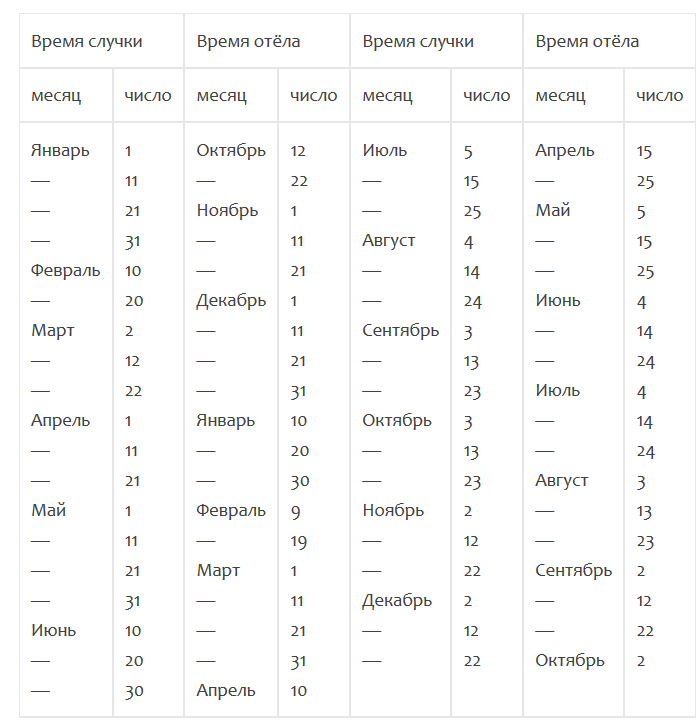

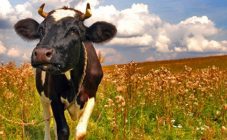
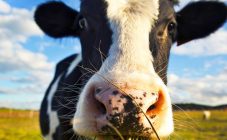
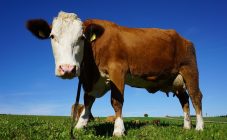

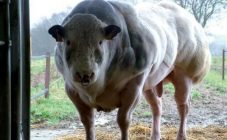







From the moment of calving, lactation begins. The cow gives colostrum for the first 7-10 days. The mother feeds the young for up to nine months (in meat breeds, as a rule, up to six to eight months), but weaning can be done at about three months of age, when he begins to eat grass. Heifers do not give milk: first they have to give birth to a calf. After calving, lactation lasts about 11 months, provided that a sucker is milked or milked regularly